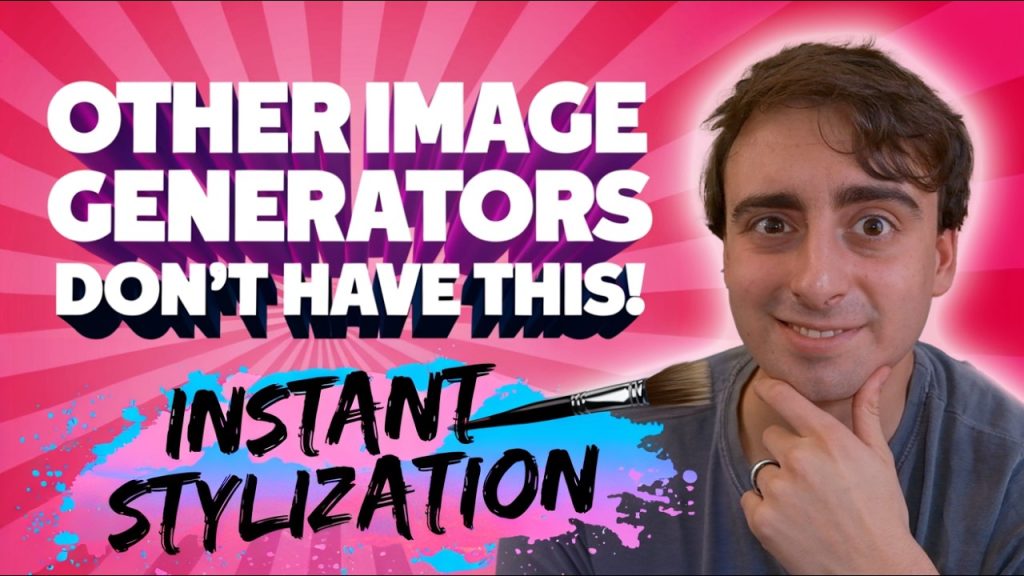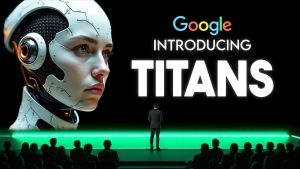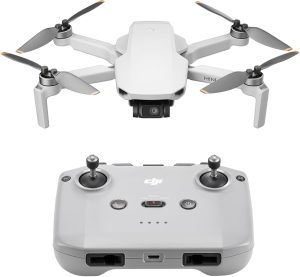Recraft AI Transforming the Creative Landscape

AI technologies are reshaping creative industries, with tools like Recraft AI at the forefront. Offering unique style transfer and vector art capabilities, Recraft challenges traditional image editing. It’s not just another digital tool; it’s a game-changer.
Recraft AI stands out in the crowded field of digital creativity. Offering features like unlimited free credits daily, it levels the playing field for creatives. Despite some initial confusion, users find it easy to navigate. Its innovative style transfer feature sets a new bar, inspiring endless creative possibilities.
Recraft’s Value Beyond Prompt Coherence
Recraft, an AI image generator, initially seemed overwhelming with its canvas-style interface. However, the smooth, fast, and clean design reveals many benefits, even over rivals like Idiogram. Users receive 50 free credits daily and can upgrade for more features. Key offerings include photorealistic images, a background remover, image editing, and color palettes, which make it a versatile tool.
Unique Features of Recraft
Recraft’s standout feature is its unique style transfer capability. Users can set and create custom models from image uploads, allowing for personalized generation without needing extensive model training. This feature is exemplified by creating images with consistent styles, maintaining original art styles even without retraining models, which sets it apart from traditional generators.
Challenges and Limitations
Though Recraft excels in style transfer, it faces challenges with prompt coherence, especially for complex instructions. Users report random server bugs that hinder functionality. Despite these issues, its ability to replicate film photography styles or create vector art is impressive, highlighting its potential despite operational hiccups.
Recraft’s server errors occasionally disrupt user experience, affecting tasks like saving styles or generating specific content. While its style transfer is robust, complex prompts reveal gaps in model coherence. These operational challenges suggest opportunities for refinement to enhance user satisfaction and performance consistency.
Exploring Vector Art and Mockups
Recraft offers a vector art style, enabling creation of detailed, scalable images not limited by pixels. This feature targets designers needing detailed illustrations or mockups in file formats like SVG. Users can generate vector art and convert generated images into vector format, offering flexibility beyond typical JPEG or PNG outputs.
Recraft’s capabilities extend to producing product mockups. While basic, this feature competes with Idiogram’s versatility. Idiogram demonstrates higher detail and coherence in mockups, yet Recraft’s consistent art style in mockups shows potential for usability in branding or design projects needing uniform presentation.
Recraft’s vector art generation suits those who need infinitely scalable images. This function, uncommon in other AI platforms, allows designers to produce and adjust art with precision. Even though the output may require further refinement, the introduction of this feature suggests a possible tool for creative professionals seeking flexibility in their work.
Community Engagement and Style Sharing
Current community features are limited in showing style-sharing capabilities. Users can observe generated images but lack access to details about style creation. Enhanced features enabling style sharing would amplify collaborative potential, allowing users to exchange insights and showcase distinctive styles.
The platform’s community section offers visibility into public styles and creations. However, the absence of style-sharing functionality limits interaction. Sharing styles could enhance cooperative exploration within Recraft, fostering a creative exchange among community members seeking to leverage collective insights.
Recraft’s community features, though present, offer modest engagement options. Enhancing style-sharing capabilities could transform user interaction. Providing full visibility into style methods would not only foster innovation but also establish a dynamic forum for users to collectively expand creative boundaries.
Background Removal and Inpainting
Recraft’s inpainting and background removal features are user-friendly. Users can modify image elements easily, replacing backgrounds or adjusting specific parts directly within the tool. However, the lack of outpainting may limit those accustomed to more comprehensive editing options found in programs like Photoshop or Idiogram.
Recraft’s background removal tool stands out for its simplicity and effectiveness. While it excels in minor adjustments, its inability to perform outpainting means users may turn to alternative software for extensive edits. This limitation may influence advanced users when opting for a comprehensive editing suite.
AI in the Real World: Demonstrating Coherence
Recraft’s photorealistic capabilities extend to generating stylistically consistent images. Attempts to replicate realistic film styles achieved notable likeness to traditional photography. Users appreciated replication of grain and focus characteristics typical of film. This ability demonstrates AI’s potential to cross artistic boundaries, bringing digital and traditional art closer.
Demands for intricate prompts expose gaps in Recraft’s coherence. Despite its success in realistic depictions, struggles arise in detailed scene generation, such as alien landscapes. This reflects an area for growth, pointing towards potential software updates that could enhance its interpretive accuracy and offer users a smoother experience.
Implications for Creative Industries
Recraft challenges traditional design tools, offering a user-friendly alternative to expensive software like Adobe. It empowers creators by simplifying processes that previously required extensive skill. However, potential impacts on employment in creative fields underscore concerns about AI advancements and their effect on job markets.
AI tools like Recraft democratize creativity, lowering barriers for innovative expression. They allow artists to explore ideas without deep technical knowledge, speeding up design processes. Yet, the transition to AI-driven creation requires adaptation, as traditional skills intersect with new technology. This shift in creative practice marks a significant evolution in artistic landscapes.
Recraft’s accessible features align with broader trends of technology democratizing art and design. As AI tools become more sophisticated, professionals must navigate the balance between technological aid and inherent creativity. This evolution prompts reflection on the role of AI in shaping future creative industries, balancing innovation with human artistry.
Recraft AI illustrates the power of AI in creative fields. Its innovative features challenge traditional tools, fostering new artistic expressions.






